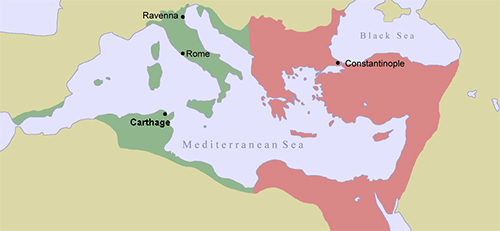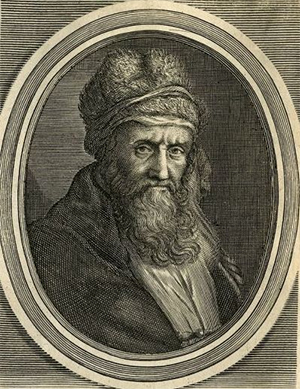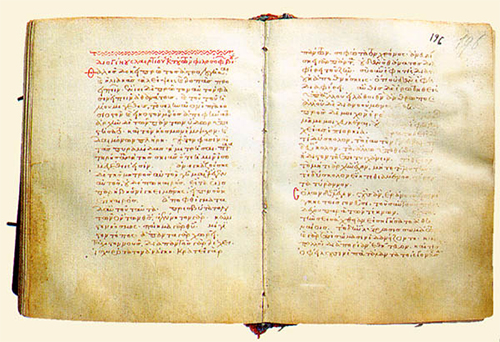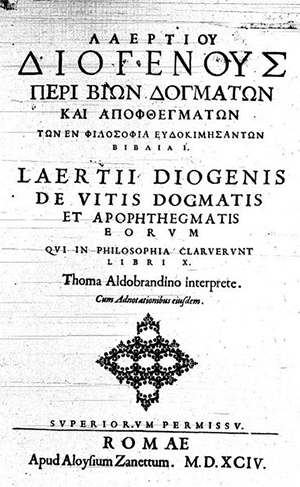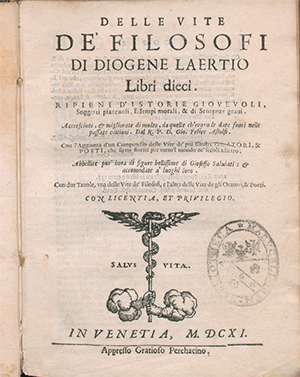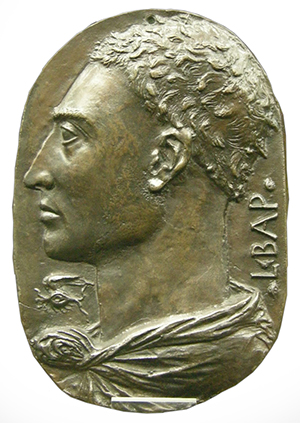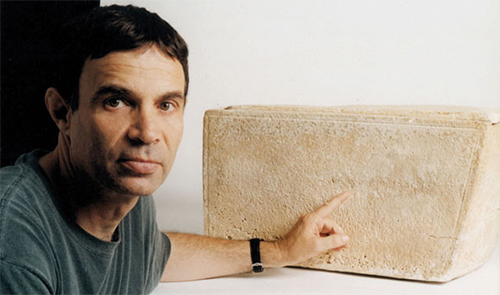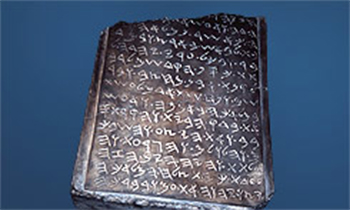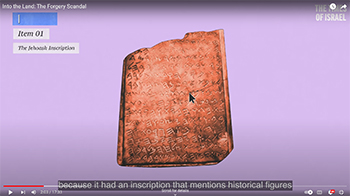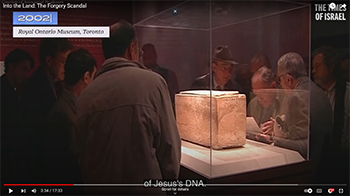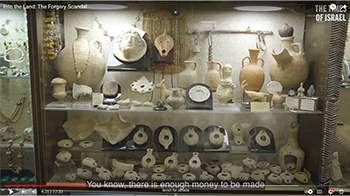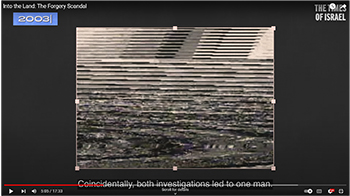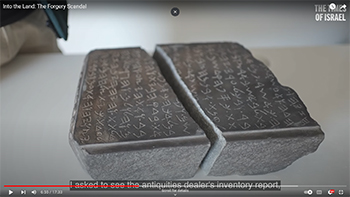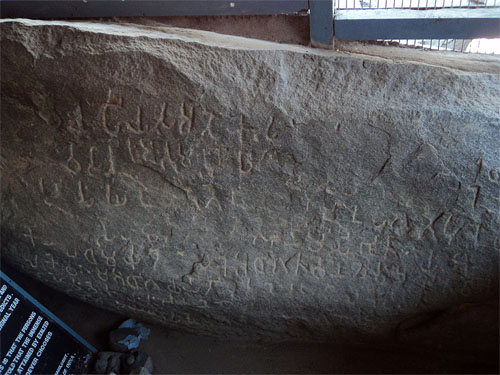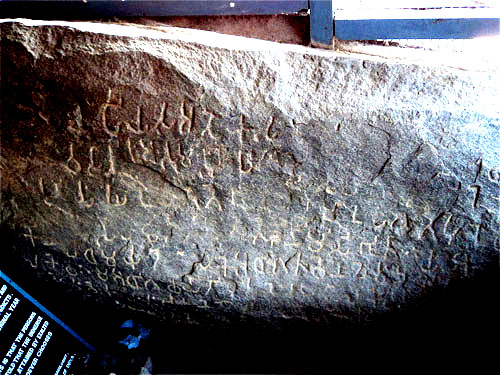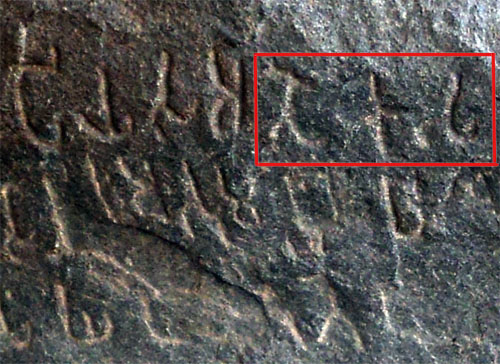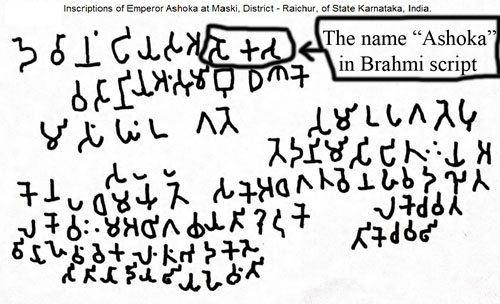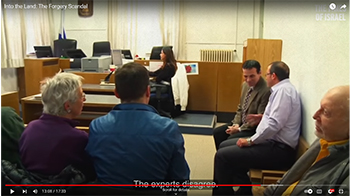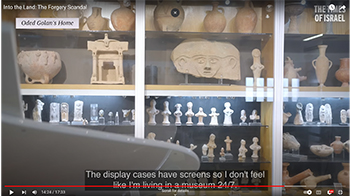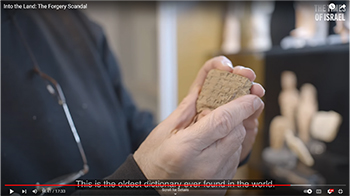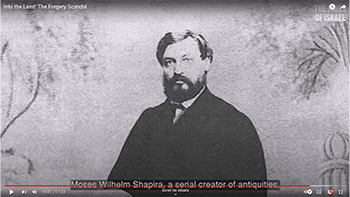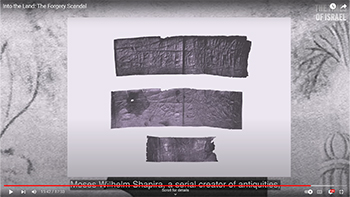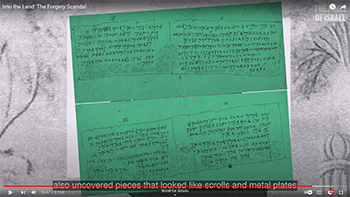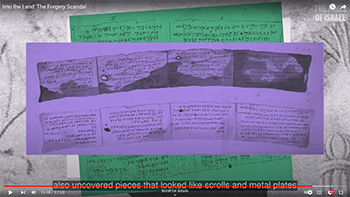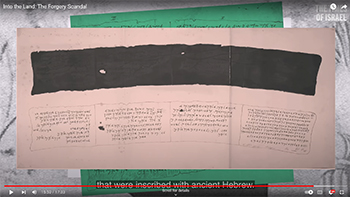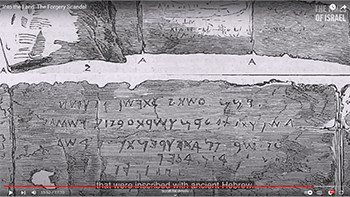Reviewed Work(s): Further Greek Epigrams: Epigrams before A.D. 50 from the Greek Anthology and Other Sources, Not Included in 'Hellenistic Epigrams' or 'The Garland of Philip' by D. L. Page, R. D. Dawe and J. Diggle
Review by: Hugh Lloyd-Jones
The Classical Review, 1982, New Series, Vol. 32, No.2 (1982), pp. 139-144
Cambridge University Press on behalf of The Classical Association
1982
NOTICE: THIS WORK MAY BE PROTECTED BY COPYRIGHT
YOU ARE REQUIRED TO READ THE COPYRIGHT NOTICE AT THIS LINK BEFORE YOU READ THE FOLLOWING WORK, THAT IS AVAILABLE SOLELY FOR PRIVATE STUDY, SCHOLARSHIP OR RESEARCH PURSUANT TO 17 U.S.C. SECTION 107 AND 108. IN THE EVENT THAT THE LIBRARY DETERMINES THAT UNLAWFUL COPYING OF THIS WORK HAS OCCURRED, THE LIBRARY HAS THE RIGHT TO BLOCK THE I.P. ADDRESS AT WHICH THE UNLAWFUL COPYING APPEARED TO HAVE OCCURRED. THANK YOU FOR RESPECTING THE RIGHTS OF COPYRIGHT OWNERS.
After bringing out Hellenistic Epigrams in 1965 and The Garland of Philip in 1968, A. S. F. Gow and Sir Denys Page decided to complete the collection of epigrams down to A.D. 50 by editing all the other epigrams composed during the period covered by the Palatine and Planudean Anthologies, except for those preserved only in inscriptions. Those who find the book expensive should note that it consists of three sections, each of which by itself amounts to an important work.
The first section contains epigrams ascribed by name to authors; this falls into two parts, one containing epigrams whose ascriptions are certainly or probably correct and the other epigrams falsely, or at least without firm foundation, ascribed to famous names earlier than the Hellenistic period. The second section contains anonymous epigrams judged to be earlier than A.D. 50; this too falls into two parts, the first containing epigrams from the two great anthologies and the second epigrams from other sources. The third section contains the epigrams of Leonides of Alexandria, the specialist in so-called isopsephic epigrams, Tiberius Ilus and Nicodemus of Heraclea, and also those ascribed to imperial Romans, not only Germanicus and Tiberius, who fall within the dateline of the collection, but also Trajan, Hadrian and Julian, who do not. A number of the epigrams will also be found in Supplementum Hellenisticum, ed. H. Lloyd-Jones and P. J. Parsons (forthcoming) henceforth referred to as SH.
When Sir Denys died in July 1978, he left behind the typescript of the work, marked as 'ready for the press, except that it would be the better for a critical eye'. That has been provided by the editors, who have also added indexes corresponding with those of the earlier collections. The editors have missed some errors which Sir Denys would surely have eliminated if he had had time; but in general the book maintains the high level of its predecessors. In particular, the section dealing with epigrams ascribed to famous persons before the Hellenistic age is of high excellence and great importance. Page deals with each epigram as an individual case, but in general regards these attributions with a scepticism which his handling of the evidence shows to be well founded. He points out that the problem of the epigrams ascribed to Simonides was better handled by Marcus Boas in his Groningen dissertation of 1905 De epigrammatis Simonideis than it was by Wilamowitz, whose Sappho und Simonides comes in for some rough treatment. Page often supports his view about the dates of epigrams with excellent observations about style and language; yet some of his opinions are open to the reproach of subjectivism, all the more because of the assurance with which they are put forward. Yet the book represents another considerable addition to Page's vast contribution to learning, and it is sad to think that it will be the last.
In the remarks that follow, I refer to the epigrams in terms of the continuous numbering of lines that runs right through the book. Antigenes 40: surely the chariot of the Graces is not a real chariot (see the note on SH 317, 5). Apollonius 53: Page's usual scepticism deserts him when he writes of the crude epigram against Callimachus ascribed in the Palatine Anthology to 'Apollonius the grammarian' that 'there is nothing improbable in the ascription'; even if one shares his belief that 'in the notorious controversy at Alexandria concerning poetry ... the chief antagonists were Callimachus and Apollonius of Rhodes' (for the case against doing so, see M. R. Lefkowitz, The Lives of the Greek Poets (1981), p. 117 f.), one may well hesitate to ascribe such a production to the author of the Argonautica. In the second line, Page makes heavy weather of the use of [x]": we do not need to suppose that it can mean 'criminal', but many passages, such as Il. 19.86, indicate that it can mean 'guilty'. Arcesilaus 63: for a defence of [x], see P. Von der Muhll, Kl. Schr. 280. Archimedes 79: [x] has been conjectured by A. S. Hollis. P. 34: the name appearing in AP 9. 4 as [x] in P and as [x] in Pl. might be corrupt for [x], a commoner name than [x], though that occurs at AP 9. 33. Democritus 140: surely the sense is 'Ares (her lover) will be captivated by the sight'. Dionysius Sophista 158: read [x]. Flaccus 172: [x] is found in Hymn. Hom. Merc. 21, 63, 150, 254, and the hymn is generally taken to be earlier than Sophocles. Gaetulicus 195: [x] means 'having won respite from anxiety', see LSJ 1350, col. ii, 1. 7 f. Gallus 227 f. : Page oddly forgets to refer to SH 970, discussed by himself at PCPS 198 (1972), 63 f. Herodicus: see also SH 495, convincingly ascribed to this author by I. During, Herodicus the Cratetean (1941), p. 63 f. Id. 237: on [x], see M. Fusillo, Ricerche di Filologia Classica I, Studi di Litteratura Greca (Pisa, 1981), p. 9 f. 265: the text is also supported by the proverb [x] (see Shackleton Bailey, Cicero's Letters to Atticus VI, p. 261). Pisander 293 f.: see R. M. Cook in Festschrift Andreas Rumpf (l952), pp. 38 f. Plato Junior 301-2: the companion of Daphne is Apollo, not Dionysus. Satyrus 331: how can Page be surprised that swallows should be called 'daughters of Cecrops', and when at last he remembers Philomela, how can he complain that she was daughter not of Cecrops but of Pandion? Cecropides may stand for any Athenian females, which as the Plauttine, Daemones (Rudens 604) knew at once, swallows are. 337: [x] is taken as cognate accusative going with [x], but this is awkward; I believe it to be a corruption of an adjective going with [x] and meaning' bird-catching'. 340: why not [x], meaning 'brings into action'? P. 116: Page brushes aside the notion that my case for ascribing to Poseidippus SH 705, put forward at JHS 83 (1963), 75 f. might be correct (cf. the equally arbitrary treatment at HE 482); dogmatic assertion, even by a great scholar, is no substitute for reasoned argument, and Page's own treatment at Greek Literary Papyri (1942), p. 470 f. will not suffice.
Section I. ii: Page handles eighty epigrams ascribed to Simonides and fifteen anonymous ones belonging to his period or not much later. Fifty-two of these are given to Simonides by AP, about three-quarters of them occurring within extracts from the Garland of Meleager; most are copies of inscriptions, but some are literary exercises of Hellenistic date. Page concludes that Meleager made use of a Sylloge Simonidea put together early in the Hellenistic period, and that the Hellenistic epigrams ascribed to Simonides had been either added to later editions of this or taken by Meleager from other anthologies. The only epigram ascribed to Simonides by an author earlier than Aristotle is the one on Megistias, and we have no positive reason for supposing that he wrote any of the others. The same is true of the epigrams ascribed to Anacreon, of which Meleager must have had a collection, and of those ascribed to Plato; in the case of the latter, Page agrees with the important article of W. Ludwig (ORBS 4 (1963), 77 f.). Equal suspicion attaches to the other epigrams attached to famous names; only those assigned to Parrhasius and Zeuxis are treated by Page as genuine.
'Aeschylus' 476 f.: Page points out that if the epitaph ascribed to Aeschylus had really stood upon his tomb, it would hardly have been necessary for it to inform the reader that it was in Gela. 'Anacreon' 492: Page rightly argues, against Wilamowitz, that [x] is hardly an expression that Anacreon can have used. Archilochus 531-5 (the lines about the lost shield): Page points out that, if these lines form a complete poem, it is the earliest surviving example of its type. 540-1 (= fr. 331 West): Page comes down strongly against authenticity. 'Pindar' 582-3: see now R. Scodel, GRBS 21 (1981), 301 f., though her view that Eur. Heracl. 657 echoes the epigram may be questioned. 'Plato' 612 f. (the epigram on Dion): Page's doubts about the authenticity of the lines seem to me justified, but I do not see why one cannot write [x], just as well as [x]. 'Sappho' 679: cf. S. Ant. 804. 'Simonides' 604-5: I miss a reference to the epigram published by C. A. Trypanis at Hermes 88 (1960), 69 (see Snell, Gr. Metrik (1962), p. 5, I. 688: surely [x] simply means 'were killed'; cf. Il. 15. 522, etc. 710-3, 714-7: Page remarks that the Thermopylae epigrams are 'among the best that have survived', and that the ascription to Simonides may well be right. 725: Page complains that Jacoby did not consider the problem posed by [x], since if the epigram on a monument to Corinthians killed in the Persian Wars erected at the Isthmus consisted simply of a single couplet, this word is appropriate only at the place of burial. But why? [x] may mean 'We lie low', as instances like that at Il. 18. 20 suggest. 764: a masterly treatment of the epigrams on Athenians killed in the Persian Wars concludes that they stood on a war-memorial erected in Athens, that the first commemorated the war as a whole, and that the second, commemorating Marathon only, was added later. Like Mrs Lefkowitz (op. cit. 71), he does not believe that Aeschylus left for Sicily because the epigram of Simonides was preferred to his. 772-3: Page makes a strong case, against Jacoby, for holding that the epigram [x] stood on the battlefield of Marathon. 776-7: in the famous epigram on the Spartan dead at Thermopylae, Page prefers [x] to [x], on the ground that [x] cannot mean 'commands'; but the word can take its colour from the context, and I hope his view will not be generally accepted. 796 f.: Page follows L. A. Stella in taking the epigram on Simonides' fifty-seventh victory in dithyrambic contests to be Hellenistic, a view strongly supported by [x] in line 3. 816-7: 'Kimon painted the door on the right, Dionysios that on the right of those who leave' seems to Page 'oddly phrased'; but any oddity might be accounted for by the desire for euphemism. 818: Page justly remarks that the problem of the tripods dedicated at Delphi by Gelon and his brothers is better handled by Jebb in his commentary on Bacchylides than it is by Wilamowitz. 878: on this epigraphic use of [x] see Fraenkel on A. Ag. 577. 898: [x]? 944-5: [x]... The best reeds for making pipes came from the land west of the Copaic Marsh, in the region of Orchomenos, where the earth was rich and black; the locus classicus is Theophr. Hist. Plant.4. 10-11. We know from Apostolius 18, 17 (Paroem. Gr. ed. Leutsch-Schneidewin II, p. 721) that Chares was the name of a famous aulete, and I suggest that the only change needed is the substitution of [x] for [x]; since as Page says 'the plural here presumably signifies, as so often, the double-flute, of which the two pipes, laterally pierced, were held together by the [x]', the plural may stand in apposition to the singular [x] (cf. e.g. Xen. Cyrop. 8. 3. 12 [x]). 990-3 (= AP 7. 514): I do not see why Page finds the style of these lines 'ponderous' and the half-line [x] 'dull and heavy'. 1001-5: Page finds the last words of Protomachus (AP 7.513) to be 'wretched, full of insipid sentimentality'; for the same reasons he might say the same of certain words of the dying Hippolytus (1363 f.); ancient taste was different.
Section II. i: Anon. 1082-3 (= AP 5. 50): 'the implication may be that the lovers' ecstasy is so great that they seem quite different from their normal selves', but a more convincing explanation would be welcome: drink? P. 339: from the way Page writes about the Pisistratean recension of Homer, in which he is a devout believer, no one would guess that any opinion other than his own had ever been propounded. Assigning the famous epigram on the subject (1182 f. = AP II. 442) to the Hellenistic period, he adds that 'there is no denying that it may be earlier or later'; I for one would deny that it could be earlier. P. 344 n. 1: West alone, and not Parsons, is responsible for the new edition of the papyrus fragment of Erinna at ZPE 25 (1977), 98; see now SH 401. 1244-5: the fictitious epitaph for Callimachus appears less 'undistinguished' if one remembers that the poet is called [x] of the Muses because of the conversation described in the first two books of the Aitia. 1329: Jacobs' explanation of the occurrence of 'Arcadian' when we expect 'Elean' on the ground that though the Alpheus flows past Olympia it rises in Arcadia is rejected as being 'far-fetched'; but it had occurred to me independently of Jacobs, and I think it may be right. 1411: Page finds [x] to be an 'extraordinary' epithet for [x], but as Dodds, citing Jacobsthal, observes in his note on Eur. Bacch. 553-5, objects pertaining to the gods are often called golden. 1425: does Stadtmuller 'merely compose afresh' when he emends to [x]? I would accept his conjecture, except that I would keep [x]. 1461: why does Page object to the mortal paramour of a god being called his 'bride'?
Section II. ii. Anon. 1493: on Arimnestus, see Burkert, Lore and Science in Ancient Pythagoreanism (1972), p. 455 n. 40. 1499: surely [x] merely contrasts the residence of the artist with the location of the work. 1546: Helicaon has now turned up as a speaking character in the [x] of Sophocles (see fr. 10 e, 8 Radt and Haslam in P. Oxy. 44 (1970), 10-11). 1550-1: according to Athenaeus 8. 337 E, when the aulete Dorion gave evidence of wit, the Cyprian dynast Nicocreon quoted the epigram [x]. Page rightly complains that the quotation seems to have had no point; it would have some if we altered [x] to [x]; which is an easy change. 1570-1 : the epithet on Timotheus is of the same type as those in Lobon or in the Peplus Aristoteleus (also FGE 1604 f.). 1576-85: Page does not quote the detailed discussion of the Chaeronea epigram by H. Wankel, ZPE 21 (1976), 97 f.; Wankel's conclusion (expressed at Demosthtenes' Rede fur Ktesiphon uber den Kranz II (1976), p. 1233) is, 'Ich halte das Gedicht gleichfalls fur echt, allerdings nur mit grossen Bedenken und weil sie sich seine Unechtheit nicht erweisen lasst'. I agree with Page that the epigram is spurious, for as he says, if it is not there is no way of avoiding the conclusion that Demosthenes has put into 1. 9 an implication which it requires violence to insert, and which was surely not intended by the author. 1611: [x] should probably be paroxytone (see Fraenkel on A. Ag. 881). 1612-3: [x] (test. 16 in G. Kuchenmuller, Philetae Coi Reliquiae (Diss. Berlin, 1928); cf. test.21 = Suid. s. [x]. Page is led by the words of Athenaeus' dialogue (9. 401 E) which introduce the quotation to argue that the expression [x] 'refers to literary usage which has not been sanctioned by ancient authority'. But the [x] is the name of a well-known logical puzzle propounded by Eubulides (see Diog. Laert. 2. 108, and cf. William and Martha Kneale, The Development of Logic (1962), p. 114. 'Nights' evening-thoughts', Page writes, 'is a very odd expression'. Night is, of course, a regular time for [x]: see, for example, Menander, Misoumenos 1 f. Surely 'evening night-worries' are night-worries that begin as early as the evening of the day before; that derives support from 1. 8 of the prologue of the Misoumenos, if we accept Austin's conjecture (first at PBA 63 (1978), 321) and read [x] ([x], Turner, P. Oxy. 48 (1981), 12, where he rightly prefers Austin's emendation of the [x] of P. Oxy. 3368 to West's [x]). 1632-3: in the fragment of Varro quoted in translation on p. 446, the name 'Apollas' rests on an improbable conjecture; see Jacoby, FGrH 413 Skopas (?); 'Scopas' is the likeliest restoration of the corrupt names in Pliny, HN 1. 8 and 8.82. For information about Greek werewolves, Page refers to Frazer's Pausanias (4. 189); for a plausible explanation of the belief, see Burkert, Homo Necans (1972), p. 99 f. 1660: [x] as the lectio difficilior deserves preference. 1674 f. (= SH 977, the epitaph on Zeno's dog Tauron): Page wrote in Greek Literary Papyri (1942), p. 461 'since the boar was a [x], I do not know what is meant by saying it was like one', and he now (p. 458) points out that the postponement of [x] in 1. 3 is 'unparalleled so far as I have noticed'. Both difficulties are removed if in 1. 3 we read [x], taking [x] ... [x] in 1. 2 as a parenthesis, and place a full stop after [x]. 1703: accepting Page's [x] and reading [x], we may take the sense to be that while in office Marcellus shed much of the blood of his enemies. 1704 f. (the graffito from Redesiyeh): see Etienne Bernand, Les inscriptions merriques de l' Egypte greco-romaine (1969), no. 164, 568 f. (pl. CI) and Andre Bernand, Le Paneion d'El Kanais (1972), no. 8, 38 f. (pl. 23, 1-2). In order to ask the god to save Alexandria, the poet would not have to know of troubles there; cf. Call. fr. 112.9 or FGE 1565. 1735: Trypanis' [x] is a better supplement than Korte's [x]. P. 471: the much damaged quotation from Sophocles in the commentary on the epigram on the oyster is fr. 966A Radt. 1472: although Ares was not the official consort of Aphrodite, he was so notoriously her lover that it is no use making a fuss about his being called her [x], as he probably is in 1. 1747. 1783 A f.: see SH 986 for the results of a fresh examination of the papyrus. 1814 f.: Page says that no one would have spoken of Agesilaus in these terms, but as the words in question are put into the mouth of the lame Spartan himself, the poet may have been crediting the king with great modesty. However, the editors of SH were somewhat rash in taking it for granted that Agesilaus is referred to. 1820 f. it is worth remarking that the statues of Cleobis and Biton may still be seen at Delphi. 1833: perhaps the [x] is the tomb itself. 1835: a prophet may be called [x], as Tiresias sometimes is in tragedy, and even in death Sibylla retains the dignity of her office. 1844 f.: on Sicyonian dancing, see now Audrey Griffin, Sikyon (1982), 161-2. P. 497, second piece, 1. 4: for Agenor, read Agapenor. 1856 f.: late though she learned her letters, why should Eurydice be assumed not to have written her own dedication?
Section III. Leonides 1882-3: Page's remark that the sentence is Callimachean in style and spirit is confirmed by a Callimachean epigram (HE 1134 f.). 1887: this line, like 1379, echoes Call., HE 1300. 1893: Page agrees with Jacobs that the sense is 'munera enim [x] invidiae obnoxia', but the main point is that the poet can confer gifts which envy cannot spoil. 1940: cf. Call. fr. 110. I. Nicodemus 2038-9: since [x] may mean 'cult objects' as well as 'rites' (see Dodds on Eur. Bacch. 469-70), [x] may not be altogether inappropriate. Tiberius Hus 2048-9: Page quotes [x] at Pindar, Pyth. 12. II in the sense of 'destroyed' as though it were not a conjecture in that place. Wilamowitz, Schroeder and Turyn all read [x], but Snell restored [x], and it is defended by Burton, Pindar's Pythian Odes (1962), p. 28 and Kohnken, BICS 25 (1978), 92. Tiberius 2104: to the instances of [x] in the sense of 'scion', add now the second line of the third book of the Aitia (SH 254, 2). Hadrian 2129: does [x] when applied to Cypris mean 'sweetly singing', or does it rather mean 'eloquent, persuasive'? 2137-44 (= Kaibel, Epigr. 888): it has long been known that this epigram is not by Hadrian the emperor but by Hadrianus the Tyrian sophist, that its Quadratus is not Pliny's friend but Marcus Aurelius' son-in-law, and that its Severus is not L. Catilius Severus, consul under Trajan, but Cn. Claudius Severus, consul in AD. 173; see Syme, Roman Papers II (1979), p. 689.
Christ Church, Oxford
HUGH LLOYD-JONES

